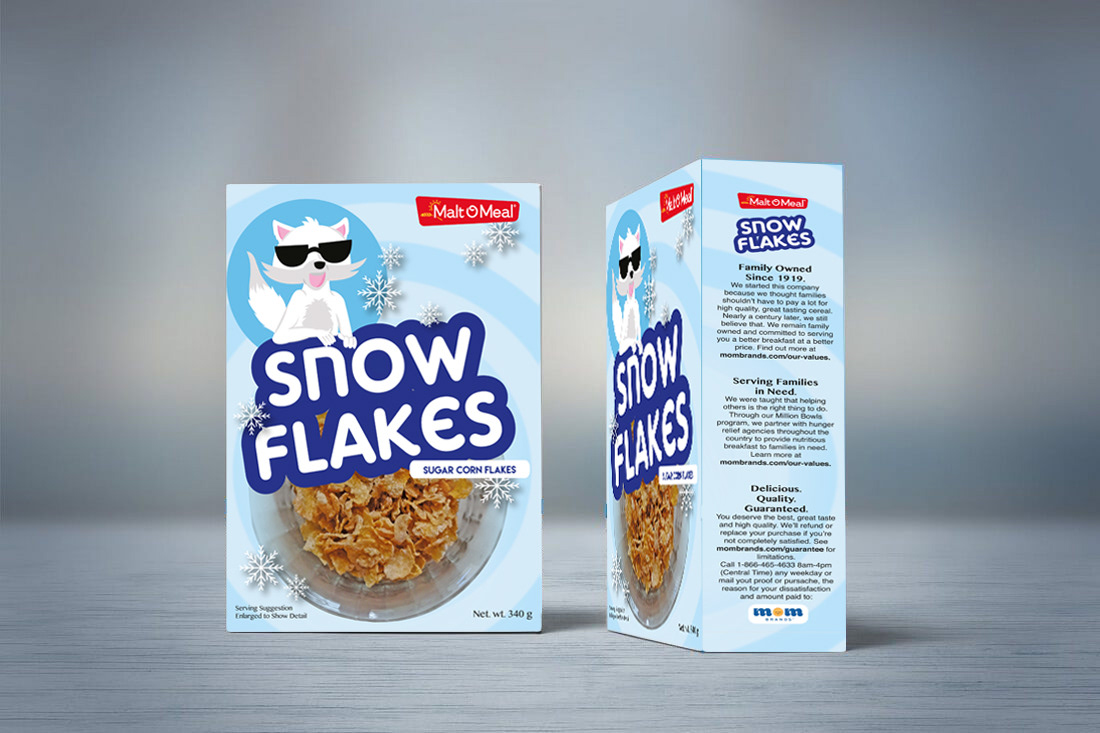Introduction
In today’s competitive market, the cereal packaging industry plays a crucial role in product success. Packaging not only protects the product but also serves as a powerful marketing tool. This comprehensive article explores the various aspects of cereal packaging, from its historical evolution to modern innovations, environmental impact, and consumer influence. Our goal is to provide a detailed overview that will help you understand the intricacies of this essential component in the cereal industry.
Historical Evolution of Cereal Packaging
Early Beginnings
The history of cereal packaging dates back to the late 19th century when breakfast cereals first became popular. Initially, cereals were sold in bulk, scooped from barrels by store clerks. This method lacked hygiene and convenience, leading to the development of the first branded cereal packages.
The Advent of Boxed Cereals
In 1894, Dr. John Harvey Kellogg introduced the first boxed cereal, Granose Flakes, packaged in waxed paper bags within a box. This innovation marked the beginning of cereal packaging as we know it today. The cardboard box provided protection, brand identity, and an opportunity for marketing messages.
Modern Innovations in Cereal Packaging
Material Advancements
Modern cereal packaging has evolved significantly, incorporating various materials to enhance functionality and sustainability. Traditional cardboard boxes remain popular, but advancements in materials have introduced plastic liners, resealable bags, and biodegradable options. If you want to know more information about donut packaging boxes visit TopUSAPackaging.
Design and Branding
Packaging design has become a critical element in attracting consumers. Eye-catching graphics, vibrant colors, and engaging mascots are used to capture attention and convey brand identity. Additionally, transparent windows on boxes allow consumers to see the product, increasing trust and appeal.
Functional Features
Modern cereal packaging often includes functional features such as resealable zippers, pour spouts, and convenient handles. These innovations enhance the user experience, making cereal consumption more convenient and enjoyable.
Environmental Impact of Cereal Packaging
Sustainability Challenges
The environmental impact of packaging is a significant concern in today’s eco-conscious society. Traditional cereal packaging, primarily composed of cardboard and plastic, poses challenges in terms of waste and recyclability. However, the industry is making strides toward more sustainable solutions.
Biodegradable and Recyclable Materials
To address environmental concerns, manufacturers are increasingly adopting biodegradable and recyclable materials. Innovations such as compostable bags, plant-based plastics, and recycled cardboard are reducing the ecological footprint of cereal packaging.
Reducing Waste
Efforts to minimize packaging waste are also gaining traction. Companies are exploring lightweight packaging, reducing the use of excess materials, and promoting bulk purchasing options to decrease overall waste.
Consumer Influence on Cereal Packaging
Health and Safety Concerns
Consumers today are more health-conscious and aware of packaging safety. The demand for BPA-free packaging, allergen warnings, and transparent ingredient lists is shaping the industry. Brands that prioritize these concerns build trust and loyalty among consumers.
Convenience and Usability
Convenience is a significant factor influencing cereal packaging design. Busy lifestyles drive the need for easy-to-use packaging, such as single-serve portions and resealable bags. Packaging that simplifies storage, handling, and portion control appeals to modern consumers.
Aesthetic Appeal
Aesthetic appeal remains a crucial factor in consumer choice. Packaging that stands out on the shelves with unique designs, limited-edition releases, and collectible boxes can significantly impact purchasing decisions. Engaging packaging that tells a story or aligns with consumer values fosters a deeper connection with the brand.
Technological Advances in Cereal Packaging
Smart Packaging
The advent of smart packaging technology is revolutionizing the cereal industry. QR codes, NFC tags, and augmented reality (AR) features on packaging provide consumers with interactive experiences, product information, and promotional offers. These innovations not only enhance user engagement but also provide valuable data for manufacturers.
Enhanced Preservation
Technological advancements have improved the preservation of cereals. Modified atmosphere packaging (MAP) and vacuum sealing extend the shelf life of products by reducing oxygen levels and preventing spoilage. These techniques ensure that cereals remain fresh and flavorful for longer periods.
Digital Printing
Digital printing technology allows for greater flexibility in packaging design. Brands can create personalized packaging, limited editions, and region-specific variants with ease. This capability enhances marketing strategies and caters to diverse consumer preferences.
Future Trends in Cereal Packaging
Sustainable Packaging Solutions
The future of cereal packaging lies in sustainability. Innovations such as edible packaging, zero-waste solutions, and fully recyclable materials are on the horizon. Companies that embrace these trends will lead the way in reducing environmental impact and meeting consumer expectations.
Customization and Personalization
Personalization is becoming increasingly important in the cereal industry. Customizable packaging that allows consumers to create their own designs, select ingredients, and add personal messages enhances the overall product experience. This trend fosters a sense of ownership and connection with the brand.
Integration of Technology
The integration of advanced technologies will continue to shape the future of cereal packaging. Smart packaging, digital interfaces, and AI-driven insights will provide consumers with tailored experiences and real-time information. These innovations will set new standards for convenience, engagement, and customer satisfaction.
Conclusion
Cereal packaging has come a long way from its humble beginnings to become a sophisticated and essential aspect of the cereal industry. As we move forward, the focus on sustainability, technological advancements, and consumer preferences will drive further innovations. By understanding and adapting to these trends, brands can create packaging that not only protects and preserves the product but also captivates and delights consumers.





